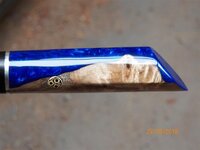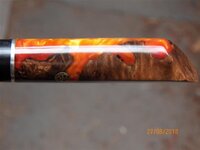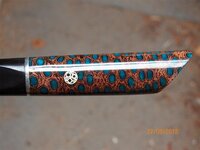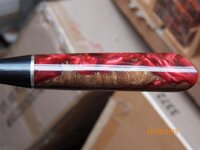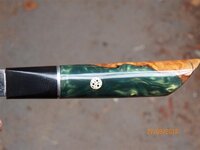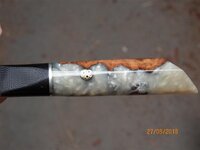sorcerertd
Member
I don't always like to use CA as I really like the natural feel of the wood, but there are times when I find it better to use the CA. I can't seem to get it to apply smoothly and end up having to sand and re-apply quite a few times to get it right, ending up frustrated when I should be enjoying my hobby. I read somewhere that craft foam was good to use for application. It seems to work better than a paper towel for sure, as did closed cell foam. Still, I end up with a very uneven coat. I've used thin and medium and alternated between them, but end up with the same results. So...
- What's the best way you have found to apply CA?
- Is there a preferred brand that goes on smoother?
- Is there a better bottle to apply CA with?
- Is there a better container (or cap) to store CA in that doesn't get gummed up on the tip?
- Do you have any tricks for sanding CA coatings that are uneven or do I just need to be more patient?

